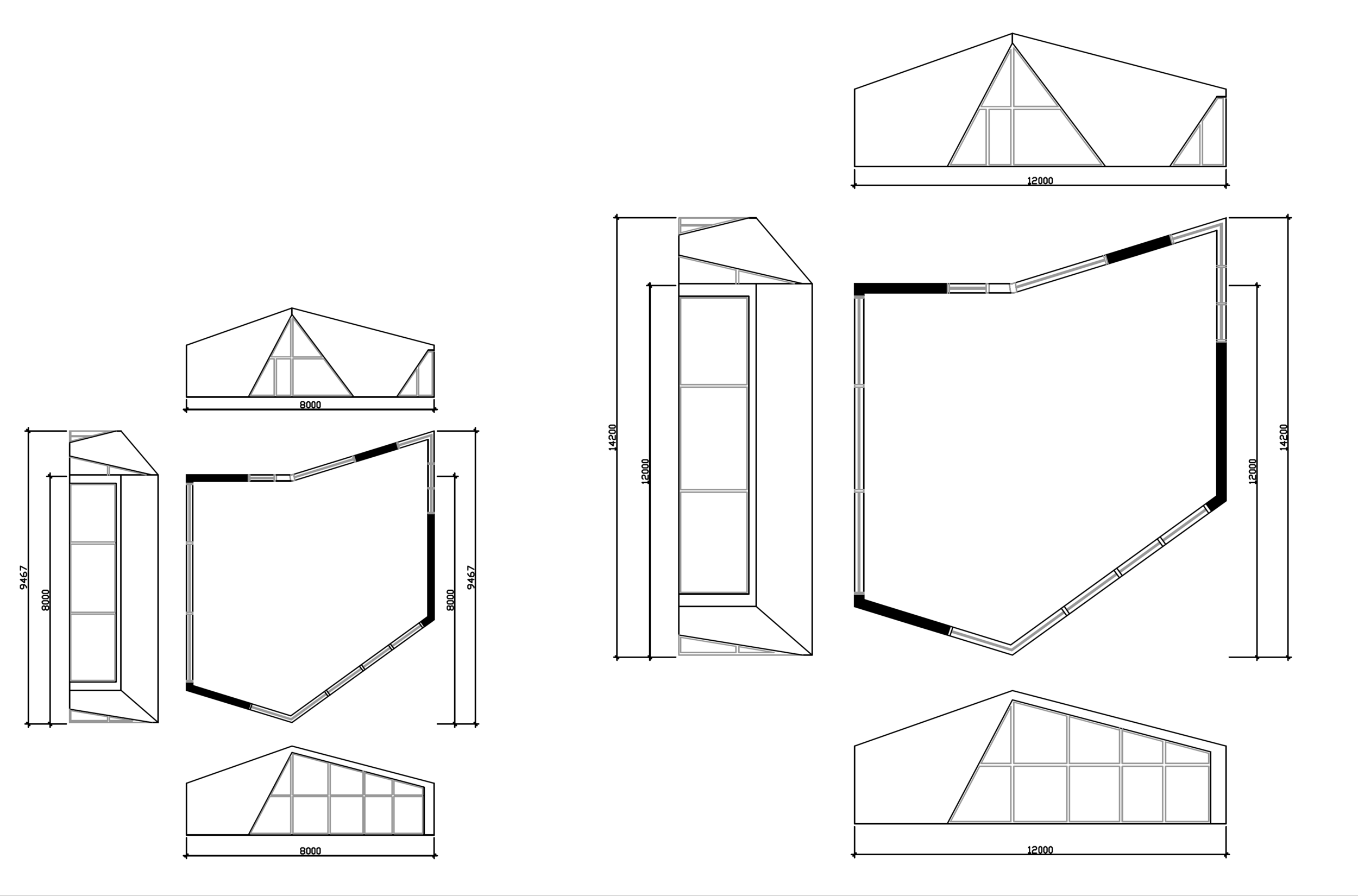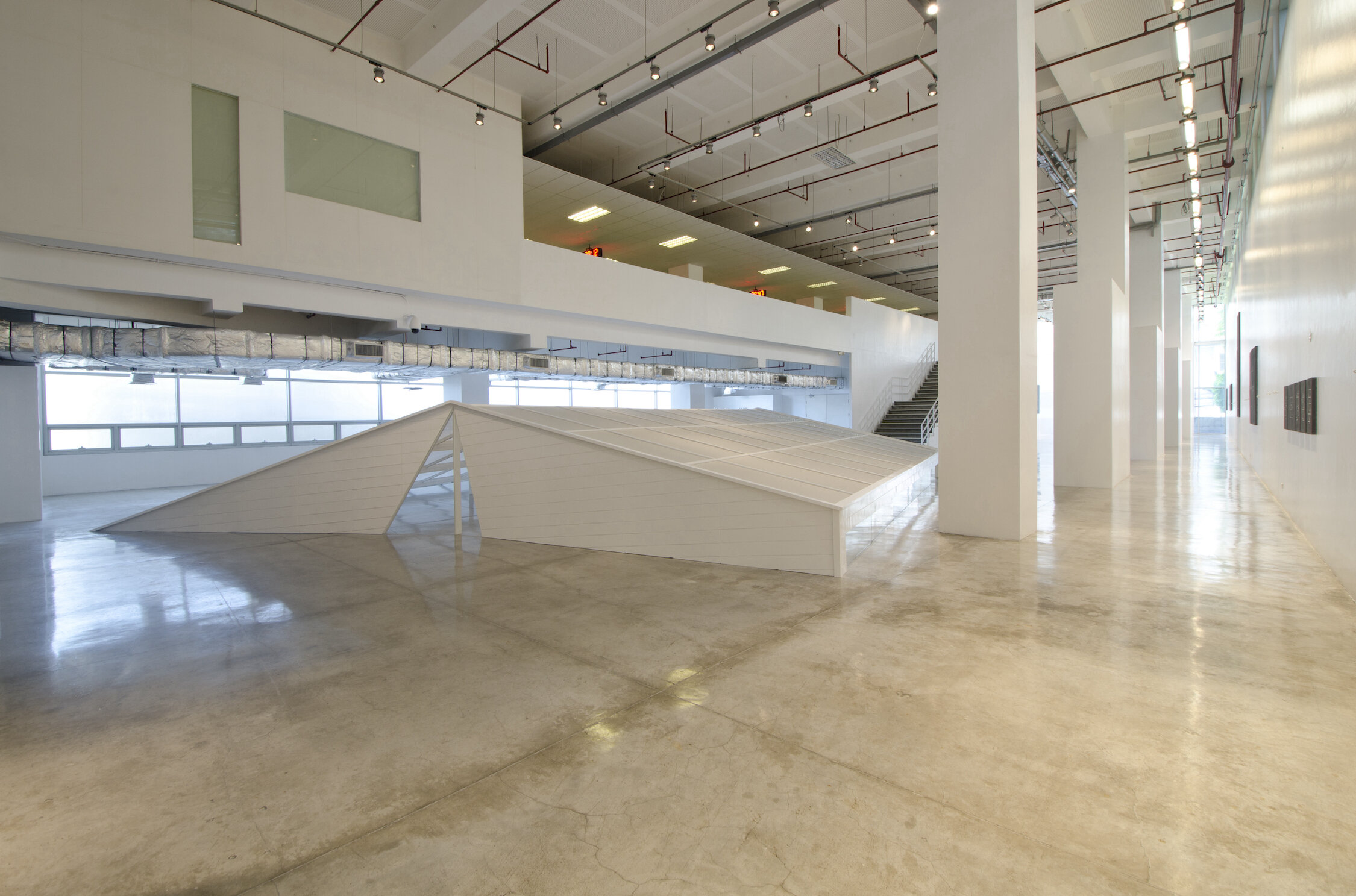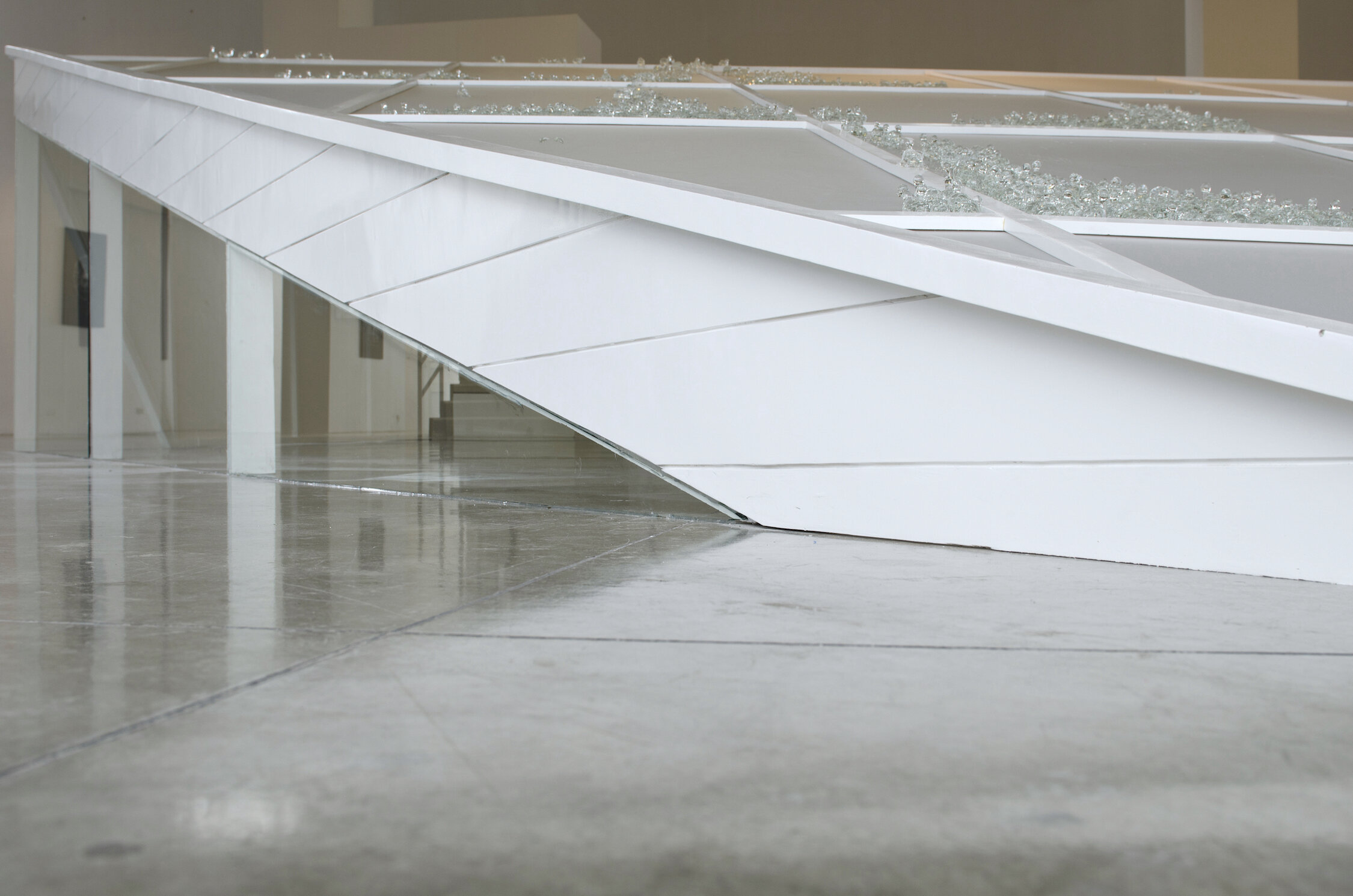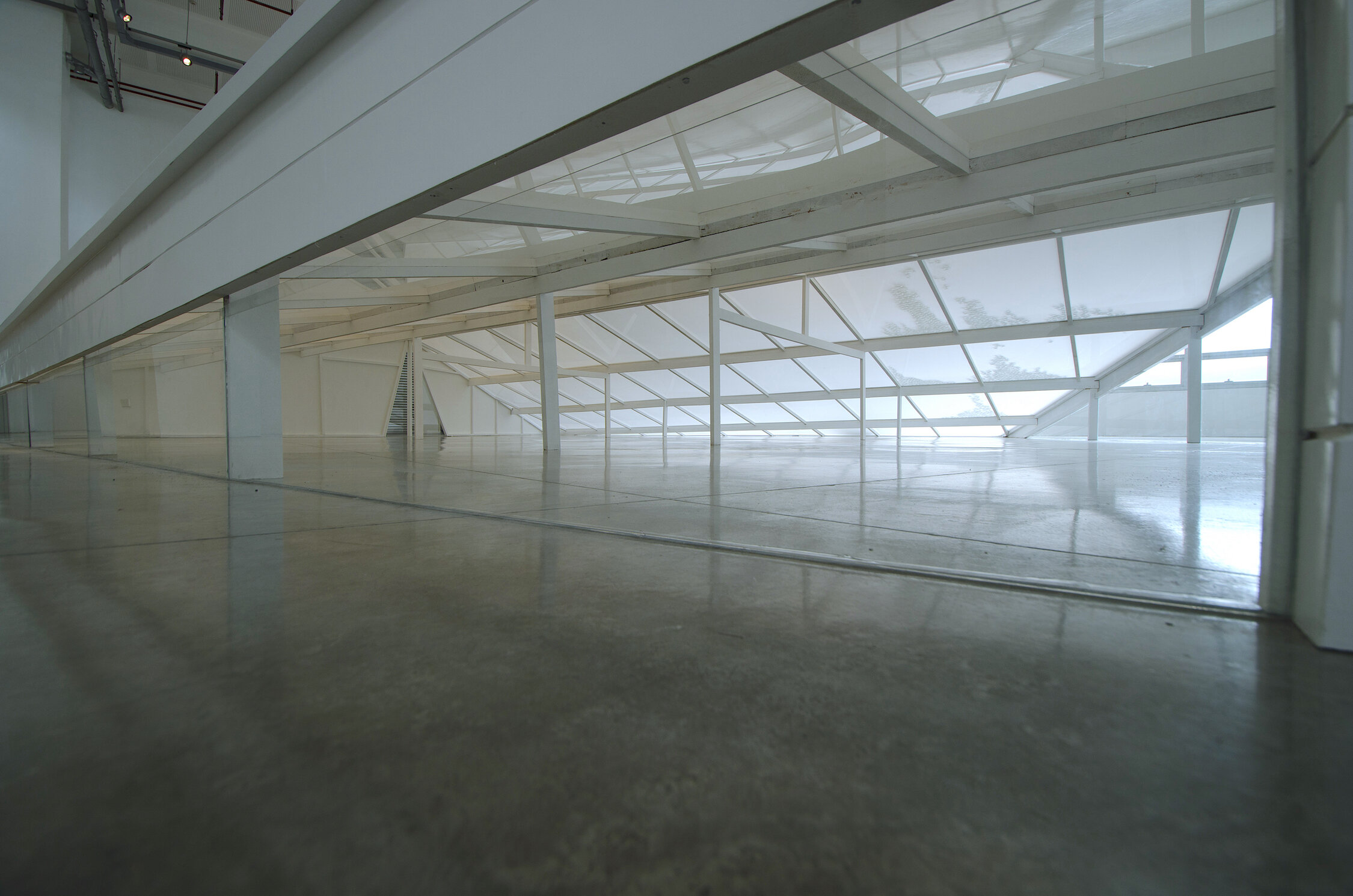
The Galápagos Project
Twigs, Bones, Rocks and the Giant Tortoise | 2012

roof dimensions: L 1338 x W 1090 x H 176cm

wood, glass, plexiglass, 1000 handcrafted glass turtles




(L) Thousand of Years Before and After | (R) The Great Simplicity | 2012 | 2-channel video, HD, sound | 8:30 mins

installation view with 2-channel video
Referencing Vonnegut’s book Galápagos, the flora and fauna of Galápagos Archipelago, biblical stories, and semiotics, Galápagos Project is the overarching project title for interconnected yet singular groups of works shown in Berlin, Singapore, Manila, Brisbane, Kuandu, Sài Gòn (HCMC), Cuenca (Ecuador), New York City, and other cities in the Great Plains of the United States. Chung spent a great deal of time studying the decline of agricultural and industrial towns in Yamaguchi, Japan, where she stayed and visited defunct coal mines and small communities in the mountain areas around Akiyoshidai plateau. Galápagos Project is also drawn from Chung’s research of the 1930’s Dust Bowl in the Great Plains and other sites in Manila (Philippines) and Taipei (Taiwan). An interweaving of historical fact and fiction, and alternating temporal sequences, resonate throughout the various chapters of the project. Recurring themes include deindustrialization, depressions, deluges, post-apocalyptic landscapes, and great migrations.
While the Galápagos Project is based on the natural world and anthropogenic disasters, within a documentary mediation on deindustrialization and agricultural desolation, it encompasses both human destruction and transformation, seeking insights into living on the brink of utter ruins. In reference to Walter Benjamin’s angel of history dashing into the future with his head turned back to the wreckage of progress, the video The Great Simplicity shows two men stomping through an abandoned modern amphitheater. The men frenetically and frantically circle each other while shouting undecipherable phrases of a mutated language, perhaps musing on the future ruins as envisioned and imagined by the artist. In the video Thousands of Years Before and After, the imagined post-apocalyptic human drifters wander in the immense grassland, in search of a new dwelling place and means of survival.
In most components of Galápagos Project a mass migration takes place, whether it be tortoises, rabbits, buffalo, giraffes, or elephants. At times clustered in small formations clinging to angled surfaces of seemingly submerged partial structures, as in twigs, bones, rocks and the Giant Tortoise and falling blue sky, frozen raindrops, or moving en masse by the thousands across pristine ice surfaces (roaming with the dawn – snow drifts, rain falls, desert wind blows, 2012), the viewer is transported into a fairy tale evoking the dawn of a prehistoric or post-apocalyptic age. Chung presents a veritable glass menagerie, fragile hordes of crystalline creatures touching our senses. The nomadic project appears to be a futile trajectory for these delicate beings, yet their collectivity signals strength and fortitude. While Chung’s Galápagos Project can be seen as an allegorical fantasy that imagines our future ruins, it also suggests a new beginning.
[Chung’s research and film shoot in Yamaguchi, Japan, was supported by Junko Tsukada, Tamami Nakamura, Keijiro Suzuki, and AIAV Akiyoshidai International Art Village.]
Related Exhibitions:
There Can Be No Better World | MCAD, Manila | 2012
AFTER HOPE: Videos of Resistance | Asian Art Museum, San Francisco | 2021
EMAP 2016: S.O.S. Save Our Souls | Ewha Womans University, Seoul | 2016
Encounter: Royal Academy in Asia | ICA Singapore | 2012